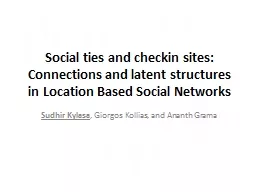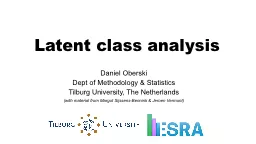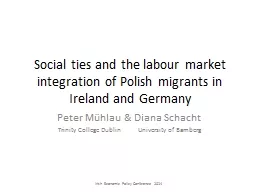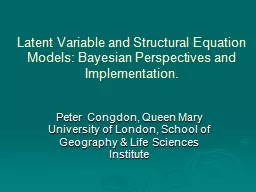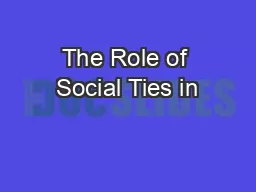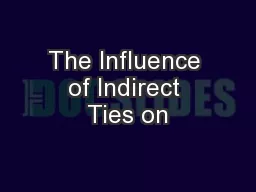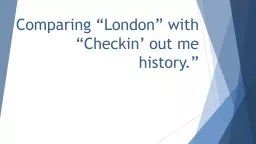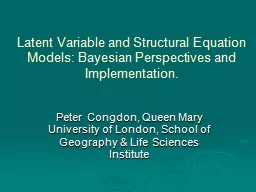PPT-Social ties and checkin sites: Connections and latent structures in Location Based Social
Author : greyergy | Published Date : 2020-06-19
N etworks Sudhir Kylasa Giorgos Kollias and Ananth Grama Overview Introduction Related research and significant contributions Terminology and notation Analyzing
Presentation Embed Code
Download Presentation
Download Presentation The PPT/PDF document "Social ties and checkin sites: Connectio..." is the property of its rightful owner. Permission is granted to download and print the materials on this website for personal, non-commercial use only, and to display it on your personal computer provided you do not modify the materials and that you retain all copyright notices contained in the materials. By downloading content from our website, you accept the terms of this agreement.
Social ties and checkin sites: Connections and latent structures in Location Based Social: Transcript
Download Rules Of Document
"Social ties and checkin sites: Connections and latent structures in Location Based Social"The content belongs to its owner. You may download and print it for personal use, without modification, and keep all copyright notices. By downloading, you agree to these terms.
Related Documents

